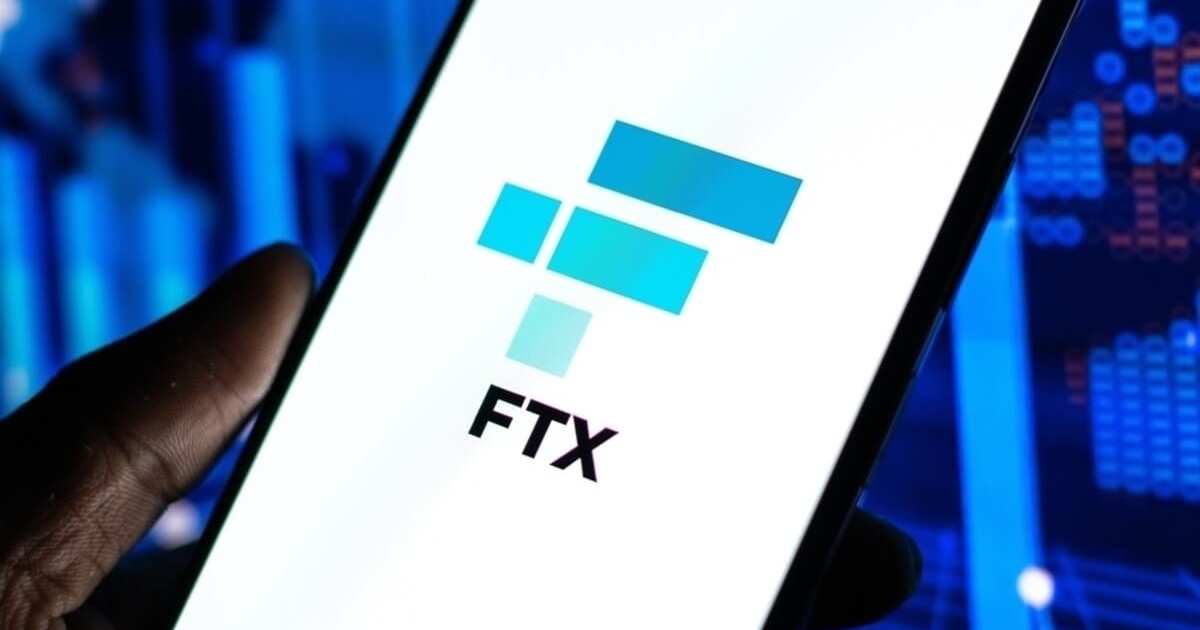
FTX’s debtors have filed an amended Chapter 11 Plan of Reorganization, which marks a significant development in the ongoing bankruptcy case of the once-prominent cryptocurrency exchange. This revised plan includes a crucial provision that sets the value of cryptocurrency claims based on their cash value at the time of FTX’s bankruptcy filing on November 11, 2022. This decision comes amidst a fluctuating cryptocurrency market, where the value of many digital assets, including Bitcoin, has seen notable recovery since the bankruptcy date.
Impact on Creditors and Market Recovery
The bankruptcy of FTX had a profound impact on the cryptocurrency market, contributing to a dip in values. However, since the filing, the market has shown considerable recovery, with the global crypto market cap increasing significantly. This upswing in market values poses a stark contrast to the situation at the time of FTX’s bankruptcy, which has implications for the creditors. Under the amended plan, creditors may potentially miss out on the gains realized in the market post-bankruptcy. This is especially poignant considering that even FTX’s own token has almost doubled in value since the filing.
Controversy Surrounding the Plan
The reorganization plan has sparked controversy, particularly among FTX’s creditors. Sunil Kavuri, a notable FTX creditor, has criticized the plan, stating that it contradicts FTX’s Terms of Service, which had assured that customers owned the titles to their digital assets, not the exchange. This argument is underscored by the conviction of FTX’s founder, Sam Bankman-Fried, on charges of defrauding customers, highlighting the alleged misappropriation of customer-owned digital assets.
Voting and Approval Process
Creditors of various classes will have the opportunity to vote on this amended reorganization plan. The plan requires certain thresholds of approval, both in terms of dollar amount and number of claimants, to be implemented. In some scenarios, even if certain classes of creditors do not agree with the plan, a “cram-down” process may enforce it, provided it is deemed “fair and equitable.” This complex process underscores the challenges in navigating the bankruptcy proceedings and balancing the interests of different stakeholders.
In parallel developments, FTX has been authorized to sell a significant amount of trust assets, aiming to use these proceeds to repay creditors. Additionally, the FTX 2.0 Customer Ad Hoc Committee has proposed revisions to the reorganization plan, seeking a fair balance among stakeholder interests. The case is further complicated by ongoing scrutiny of crypto assets linked to both FTX and Alameda Research, including reports of significant digital asset transfers from wallets associated with these entities.
The legal saga surrounding FTX continues with the conviction of founder Sam Bankman-Fried for defrauding customers and lenders. Legal experts anticipate a potential prison term of 15-20 years, significantly below the theoretical maximum. Key figures from Alameda Research and FTX have admitted to fraudulent activities under Bankman-Fried’s direction, but may receive minimal prison time due to their cooperation. However, they could still face substantial financial penalties, including the return of ill-gotten gains and restitution payments to victims.
Image source: Shutterstock
- SEO Powered Content & PR Distribution. Get Amplified Today.
- PlatoData.Network Vertical Generative Ai. Empower Yourself. Access Here.
- PlatoAiStream. Web3 Intelligence. Knowledge Amplified. Access Here.
- PlatoESG. Carbon, CleanTech, Energy, Environment, Solar, Waste Management. Access Here.
- PlatoHealth. Biotech and Clinical Trials Intelligence. Access Here.
- Source: https://Blockchain.News/news/tx-debtors-propose-amended-chapter-11-plan-cryptocurrency-claims-valued-at-bankruptcy-date



